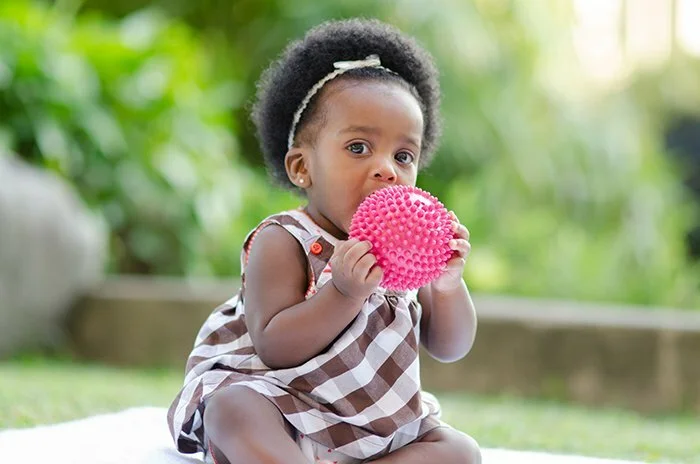Baby walkers are used for children between 6-15 months with the purpose of helping them sit and move around without assistance. It is usually mobile.
One of the exciting things about being a parent is being able to get the latest baby gadget for your baby. You know that lovely feeling that comes with buying your kids items like baby walkers, toys, bicycles, dolls etc.
As good, as some of these gadgets are they can pose health challenge to your kids if not monitored properly.
In this case, we will be focusing on baby walkers. Statistics from the USA and Wales show that baby walkers are responsible for injuring more children than any other baby toys. This is because when a child is in a walker, he has easily access other rooms, get to dangerous places like the kitchen, pull at wires etc.
Baby walkers help your baby cover distances that ordinarily they would not be able to do. At 6 to 15 months when an infant walker is usually used, your baby has no awareness of danger.
In a study, falling down the stairs was the most common form of baby walker injury, which accounted for 74% of all injuries that are linked to the use of an infant walker. When you put your child in a walker, you are exposing your child to the likelihood of falling which can affect the head, neck leading to skull fractures. Due to access to items that are supposed to be beyond their reach, your baby may pull at hot substances, ingest poisons etc.
The American Academy of Paediatrics (AAP) has been pushing for a ban on the use of baby walkers because it is responsible for injuring thousands of children each year. This is because they can cause kids to fall from a higher height and reach for objects that they would ordinarily be beyond them.
You may ask what about using a baby walker with close supervision. The hard cold fact is that 78-89% of infants who were injured while using a walker were being supervised when the accident happened. This is because walkers allow a child to move into danger faster than any parent can react to prevent it.
To further knock off the use of baby walkers, research also shows that it does not in any way assist your baby in learning how to sit, stand with support or walk with support but it can damage the hip joints by putting too much weight on them.
Your child can learn good motor skills without a walker. Allow him to play on the floor, crawl and walk while holding on to pieces of furniture.
Putting your child in a walker might appear fun but it has no developmental benefits and increases safety risk, why put a child in a walker?














